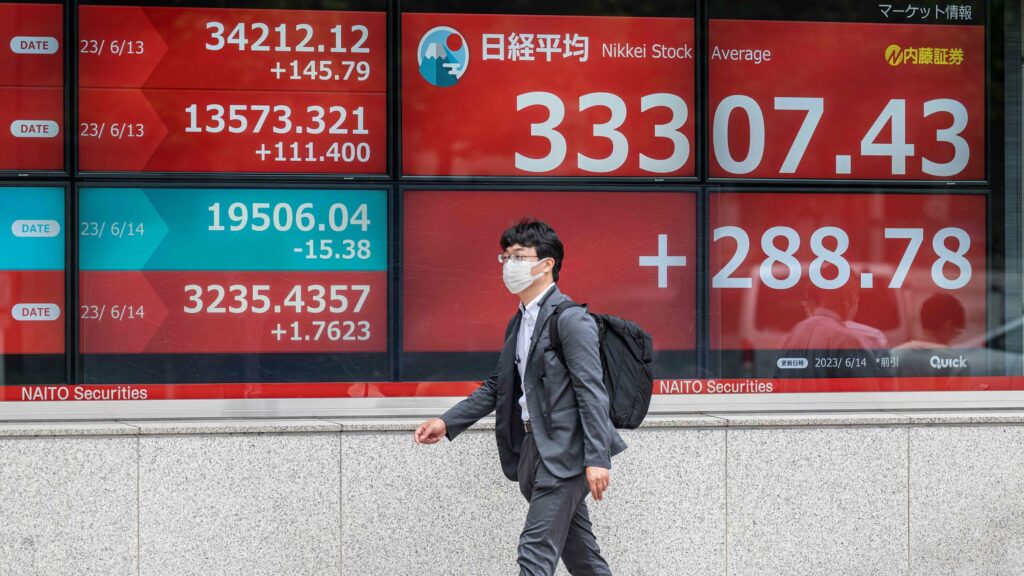After a long time, the Japanese stock market experienced a potential hike in stock values. The rise is influenced by various factors that could continue the rally regardless of the challenges waiting in the path. The expert says-, the rally resulted from many growth drivers, other than the cash flow that includes conservatism resulting from a historic bubble and depends on the decision taken at the Bank of Japan’s meeting.

According to Opsal, an investment strategist, investors in Japanese stocks still haven’t recovered from the nightmare of the 1980s about the Multidecade hangover when the Japanese stocks incurred 70-80% losses. He added that Japanese corporations are depending on the “large helpings of excess cash and unproductive assets” on their balance sheets. Due to this, nearly 80% of the Japanese stocks are traded at a value of one-time book value.
Situation at Japan, Overall, to continue the rally
To keep the rally continuing, the Tokyo Stock Exchange is telling companies to take new steps related to tech or do anything to increase stock prices. Opsal view on this situation is it could potentially make way for “increased dividends and higher buybacks” when companies try to “draw down excess cash balances, improve balance sheet efficiency, and elevate stock prices”
Added to this, the current weakness of the Yen against U.S. dollars is around 140 per dollar. This could work in the favor of Tokyo by boosting the export industries of Japan. The other two trends highlighted by Opsal which enable Tokyo’s rally to continue are the modest economic growth and inflation of the country. It is approaching 3.5% and it might boost consumer consumption and business investments, thus the prospect of economic growth is improved.
Even though Japan has many market-encouraging factors, the potential downsides cannot be ignored. There is a challenge with the aging population of Japan-, and the high level of government debt which is related to international standards.
Looking forward to the BOJ meeting

Yield curve control is a policy employed by the Bank of Japan and it is exercised since 2016. According to the policy, the BOJ keeps the yields of government bonds low to ensure credit flows. Kazuo Ueda, the Governer of BOJ stated that they would shrink the balance sheet and end this policy, if the inflation rate hikes 2%
Jean Boivin, the head of BlackRock’s investment institute stated that unlike the other central banks, such as the European Central Bank, Bank of England, and Federal Reserve Bank which has been increasing rates to fight inflation, the BOJ decided to keep the policy easy to maintain inflation.
On the other hand, the head of Evercore ISI’s global policy and central bank strategy team, Krishna Guha believes that at some point in the second half, Japan is going to halt the policy before considering hiking interest rates.
The experts pay attention to the upcoming BOJ meeting for any notices indicating policy changes. If the meeting doesn’t take any steps to change the yield curve control, then Yen might get weaker even more, putting pressure on yields. However, the conclusion will primarily depend on Governor Kazuo Ueda’s level of assurance over the inflation forecast and any possible upside risks.
Bottom Line
In conclusion, corporate conservatism, the Tokyo Stock Exchange’s desire for stock price increases, a weak yen, and hopeful economic development patterns are all contributing to a potential rebound in Japanese equities. However, it is important to recognize the difficulties brought on by an ageing population and a large amount of public debt. The BOJ meeting in July will be closely watched to determine the future course of Japan’s monetary policy and how it will affect the stock market.
